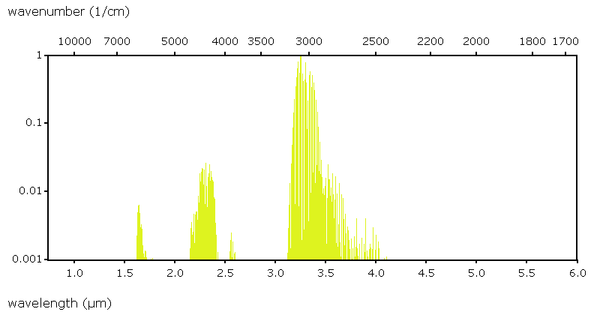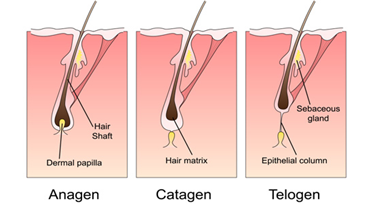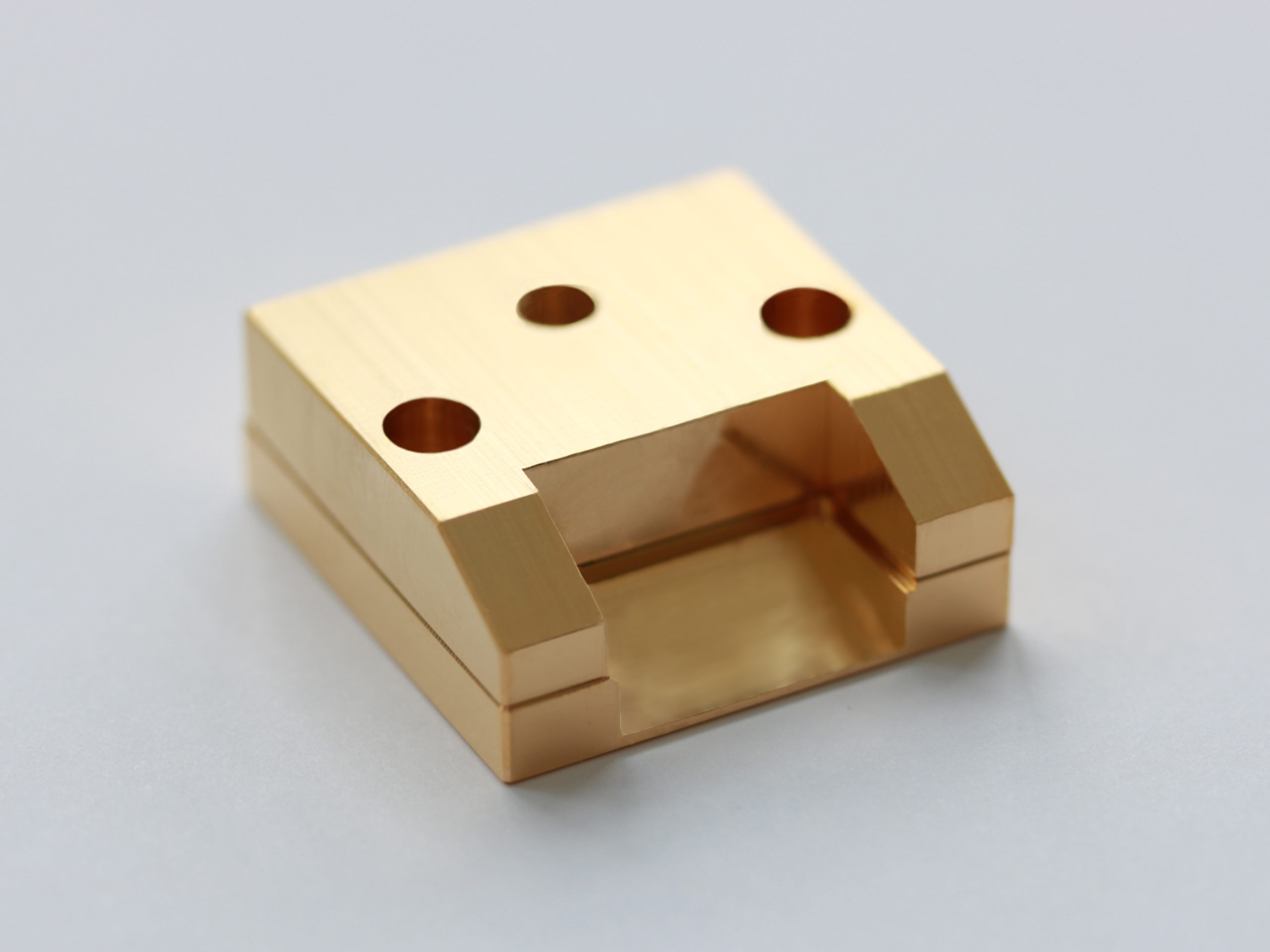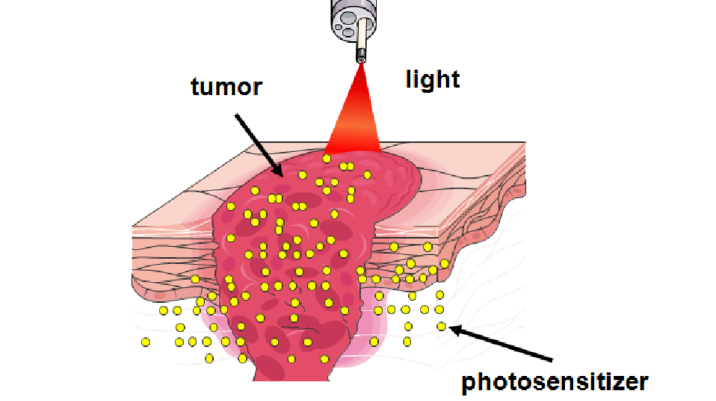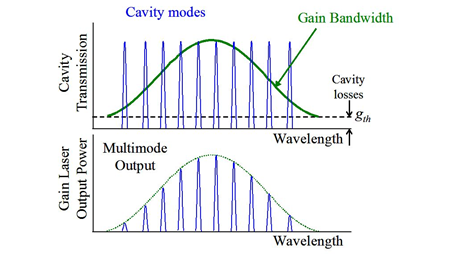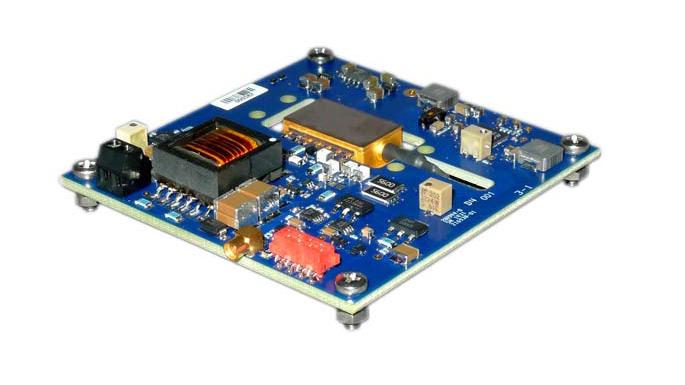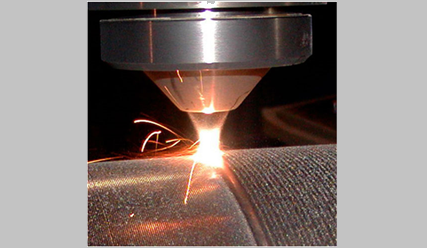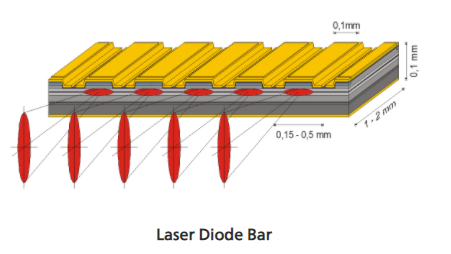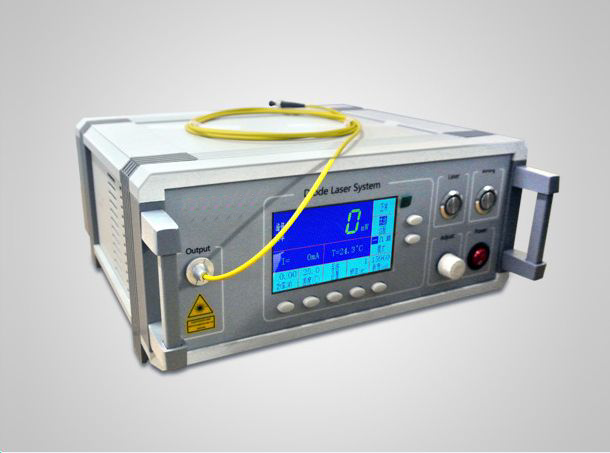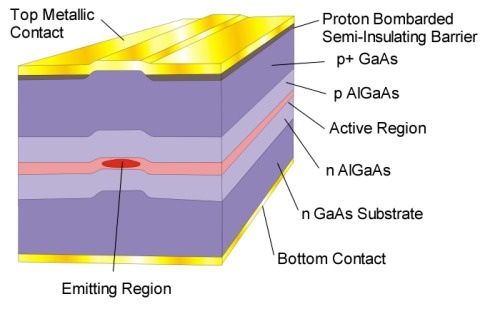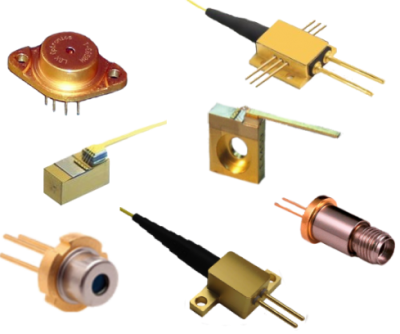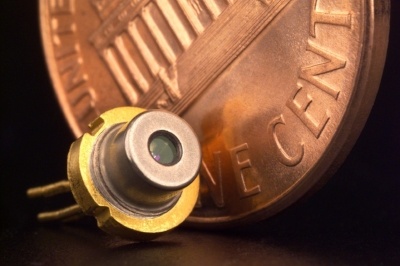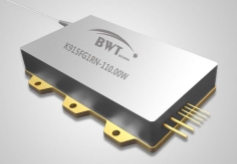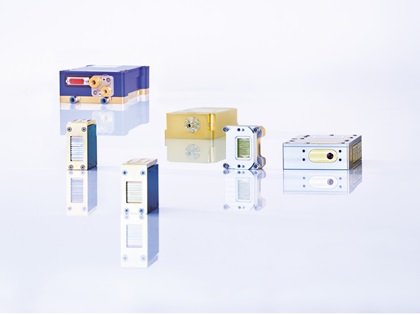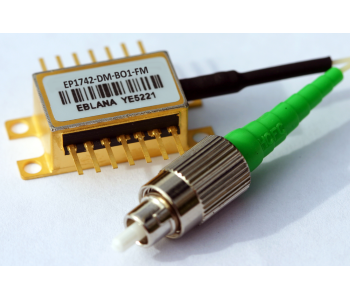Laser Diode Fundamentals: Single Longitudinal Mode Diodes
In the last installment of our Laser Diode Fundamentals series, we took a deep dive into the underlying physical properties behind the longitudinal mode structure of laser diodes. In that blog post, we explained the advantages and disadvantages to both multi-longitudinal mode and single longitudinal mode diode lasers. We are going to expand on what we learned about single longitudinal mode diodes lasers and take a look at a wide range of stabilization techniques which are used to ensure that a laser maintains single mode performance during its … Read More

 SHIPS TODAY
SHIPS TODAY 
